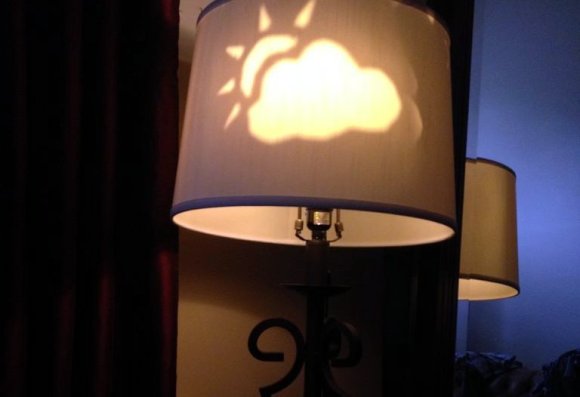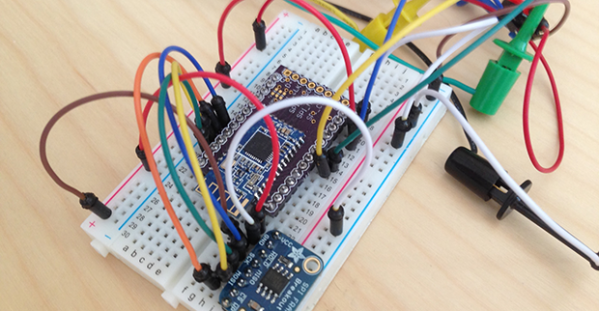Owning a mechanical keyboard makes you a better person. It puts you above everyone else. Of course, owning a mechanical keyboard does come with some downsides. Carrying a mechanical keyboard around all the time to tell everyone else you’re better than them is usually impractical, but [cahbtexhuk Joric] has come up with a solution. It’s a miniature Bluetooth mechanical keyboard that’s also a keychain.
cc25403 Articles
Extrinsic Motivation: BASIC For Bluetooth
There’s a lot more to those fancy radio modules you use with your Arduino projects than meets the eye. Many of them are systems on a chip, complete with their own microcontroller and memory that can control your entire blinking LEDs project. Developing for these radio modules is a bit of a challenge, as the IDEs and compilers cost several thousand dollars. [Tim]’s entry for the Hackaday Prize looks at one of these Bluetooth LE modules – Texas Instrument’s CC2540 and CC2541 – and puts an embedded BASIC interpreter right on the chip.
[Tim]’s inspiration for this project came from looking at a few popular devices using the CC254X chip. Many of these included a microcontroller and the added costs, complexity, and power requirements that come along with an additional chip. This radio module could easily run any code an ATMega could, and adding another chip to a product seemed like a terrible waste, and certainly not in the spirit of open hardware and software.
The alternative is writing an interpreter for the CC254X chip. He’s chosen BASIC, but added a little bit of Arduino language syntax to make it even easier to develop on. Having already run through a few successful tests involving SPI, I2C and 1-wire devices, [Tim] has a basic system working, but [Tim] admits it does need a little rework to make it easier to use.
It’s a great project, and personally astonishing that it didn’t make the quarterfinal selection for The Hackaday Prize. [Tim] is still working on his project, though, in a great example of extrinsic motivation; he doesn’t need a trip to space to convince him to build something cool.
You can check out [Tim]’s two minute concept video below.
 This project is an official entry to The Hackaday Prize that sadly didn’t make the quarterfinal selection. It’s still a great project, and worthy of a Hackaday post on its own.
This project is an official entry to The Hackaday Prize that sadly didn’t make the quarterfinal selection. It’s still a great project, and worthy of a Hackaday post on its own.
Continue reading “Extrinsic Motivation: BASIC For Bluetooth”
Bluetooth Low Energy Weather Lamp

This is a well-executed proof of concept which [Aaron Jeromin] threw together in a couple of hours. This lamp hosts a Bluetooth Low Energy weather display. The project was a way for him to get used to using the BLE module. But to make the most out of that hardware this should really be refined into an actual low energy circuit. We do think the timing is perfect to feature this project since we just looked at a BLE primer yesterday.
He’s using a BLE Mini board from RedBearLab. It uses a Texas Instruments CC2540 SoC. We’d love to see a follow-up that does away with the Arduino in lieu of code running on the TI chip. But we would have done the same thing (use the uC we were most familiar with) when testing the BLE board out for the first time. It gets weather data from an iPhone. The forecast is projected as one of three icons using an LED bulb and a stencil which is positioned by a hobby servo.
Other inanimate objects that can tell you if it’s storming include this color-coded umbrella stand.













